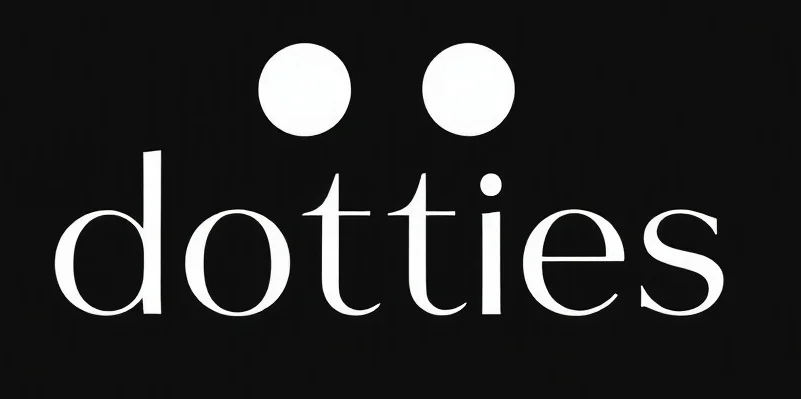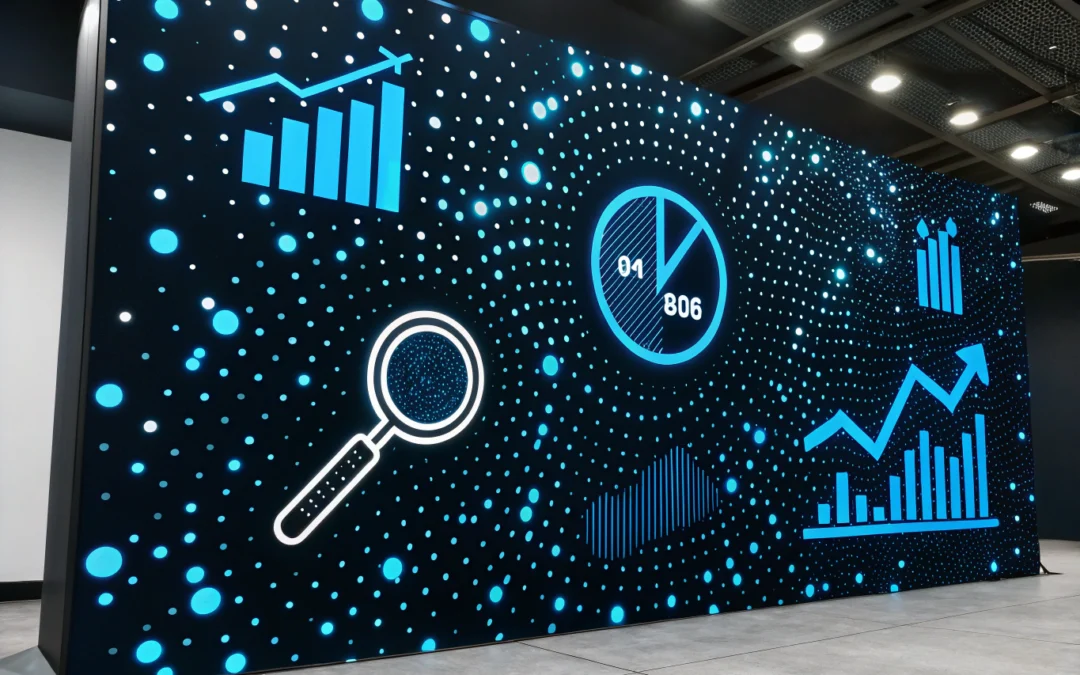Decoding the Enigma of Trend Analysis in Stock Markets
Ah, the stock market. That ever-mystifying, often unpredictable beast that we attempt to tame with metrics and models. But don’t worry, folks, AI is here to lend a hand—or at least to intern beside us as we navigate this complex terrain. For those intrigued by the potential of AI in understanding market movements, the trend analysis in stock market provides a deep dive into how technology is reshaping our approach to financial forecasting.
The Role of AI as Our Analytical Intern
Let’s be clear: AI isn’t a crystal ball. It’s more like an extra pair of eyes that help us spot patterns we might miss. Algorithms analyze historical data, identify trends, and even predict future market behaviors with a level of precision that would elude most human analysts. This isn’t magic, folks; it’s math on steroids.
But why does this matter? Because the stock market is a living, breathing entity. It changes, it fluctuates, it confounds. And AI, much like a diligent intern, can help make sense of it all—provided we guide it correctly. The potential here is vast, yet it hinges on our understanding of the tools we’re using.
Understanding the Metrics: Beyond the Numbers
In our quest for market insight, we often get lost in the data deluge. But trend analysis isn’t just about crunching numbers; it’s about interpreting them in a way that aligns with our business objectives. AI can sift through mountains of data, but it’s up to us to ask the right questions. What trends are emerging? What anomalies should we be aware of? And how do these insights translate into actionable strategies?
Consider this: AI might identify a rising trend in renewable energy stocks. But what does that mean for your portfolio? Is it a fleeting interest or a long-term shift? The answers lie not within the code but in our ability to apply human judgment to AI-driven insights.
Embracing a Human-Centric Approach
Here’s the kicker: AI should enhance our decision-making, not replace it. The technology offers us a lens—a lens through which we can view possibilities and pitfalls alike. Yet, our innate human intuition remains a critical component. While AI can highlight trends and suggest tactics, it is our responsibility to weigh these insights against broader economic contexts, ethical considerations, and market sentiments.
So, what’s the takeaway here? Adopt a mindset where AI and human intelligence coexist in a symbiotic relationship. Remember, even the most advanced AI needs supervision, much like a bright-eyed intern eager to learn. And while AI can certainly augment our capabilities, it is our strategic thinking that will ultimately steer the ship.
Actionable Business Recommendations
- Start small: Begin integrating AI tools into your trend analysis process, but maintain oversight to ensure their outputs align with your business goals.
- Invest in training: Educate your team on how to interpret AI-driven insights effectively, fostering a culture of informed decision-making.
- Balance intuition with data: Use AI to inform your strategies but rely on human judgment to make final decisions, especially in uncertain or volatile markets.
- Stay adaptable: Markets change, and so should your strategies. Continuously evaluate the effectiveness of your AI tools and be ready to pivot as needed.
In the end, it’s about striking the right balance between data-driven insights and human intelligence. After all, even the most sophisticated algorithms need a human touch to truly come alive.
Checkout ProductScope AI’s Studio (and get 200 free studio credits)

